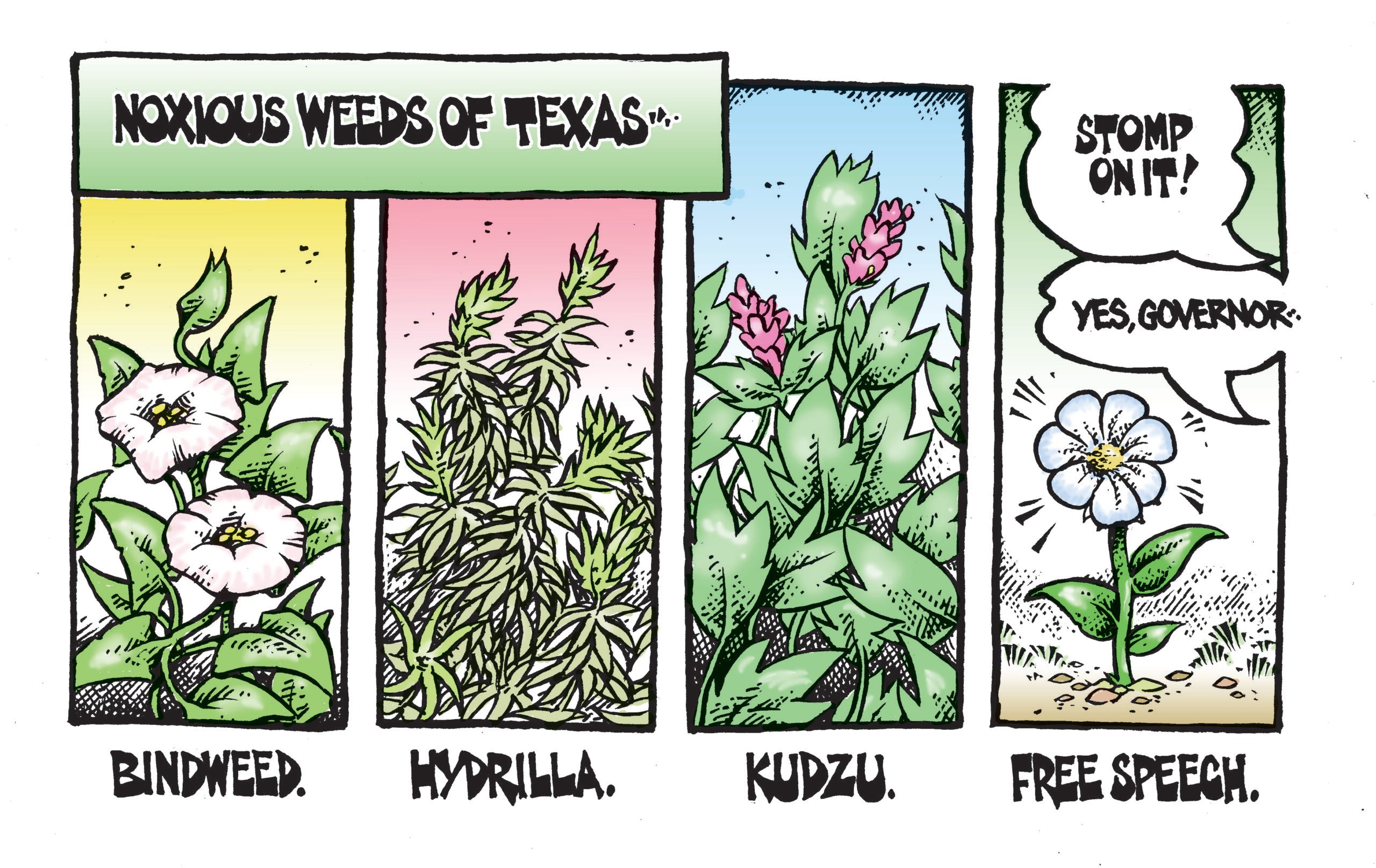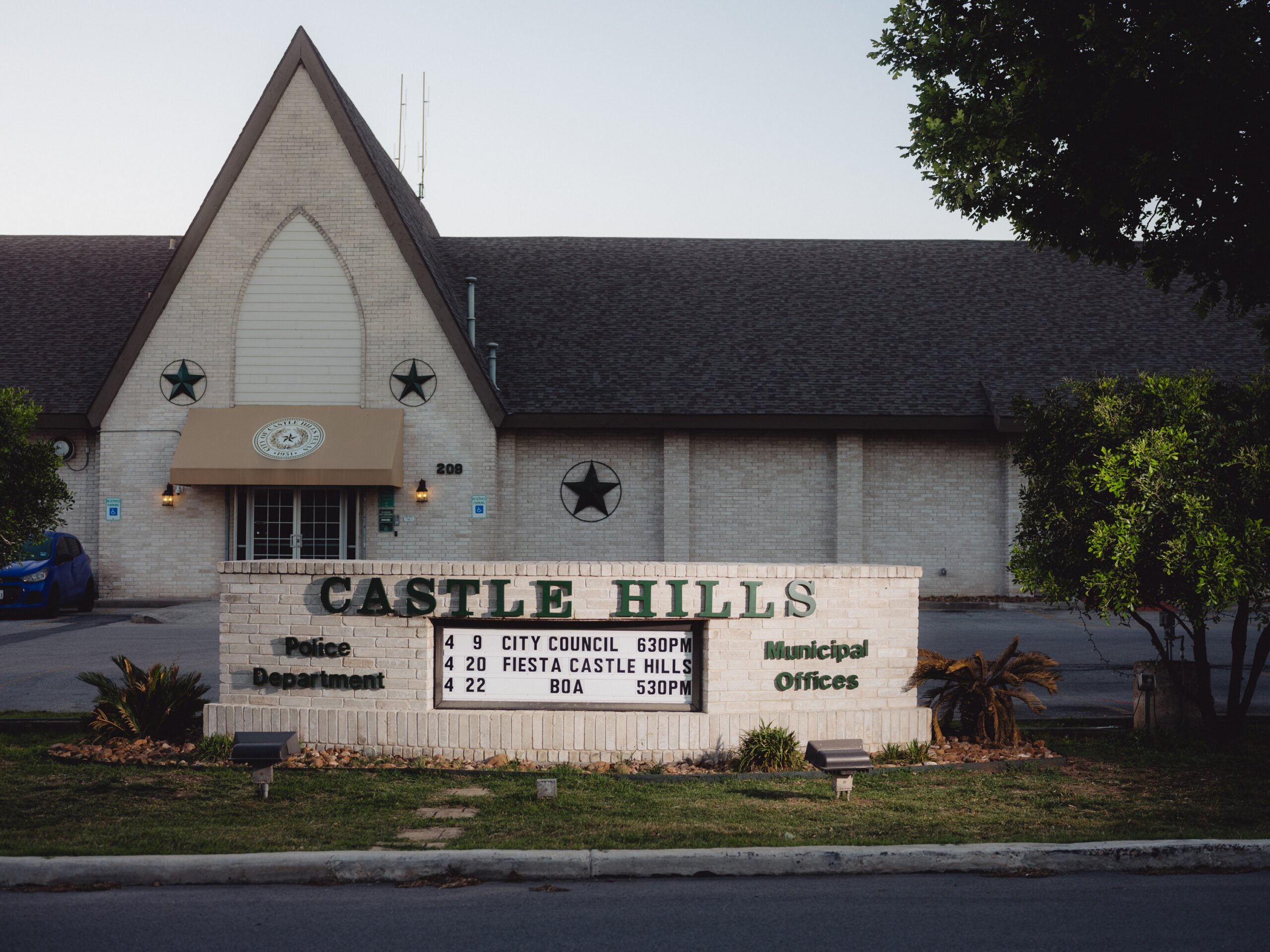ustxtxb_obs_1988_07_15_50_00006-00000_000.pdf
Page 5
WORKING PAPERS A Decent Home I . For Every Family BY JOHN FULLINWIDER IF YOU DRIVE A MILE or so in any direction from downtown Dallas, you will be tracing in microcosm the geography of America’s housing crisis. Go east and note the vacant land behind Baylor University Medical Center, where hundreds of public housing apartments were bulldozed just prior to the Republican National Convention in 1984; these units have yet to be replaced. The new homes and condominiums in “Bryan Place” make a nice picture for a realtor picture, as well, in your mind’s eye the thousands of lowincome citizens whose homes were demolished in the mid-1970s to make room for this upscale enclave in East Dallas. Head south through the Fair Park/South Dallas area, where 20,000 people a third of the community’s population were displaced during the 1970s and more than 2,000 homes were demolished. Are you driving on State Highway 352 or Interstate 45? If so, you are driving over the ghost of a poor family’s home. Park your car on Eighth Street, near the intersection of Interstate 35 in Oak Cliff. Now walk over behind the County Building there, where if it’s a weekday a couple of hundred tenants are probably being evicted. More than 40,000 people will be ordered from their homes this year, most of them for inability to pay the rents of Dallas County landlords. The vacant land you are standing on, where fill dirt and rock are being dumped, was a low-income neighborhood until the school district bought it up and tore it down a decade ago for a showcase high school to be called “Town View.” The view of Dallas’s skyline from the site is, indeed, panoramic; no school has been built. While you are stuck in traffic just north of downtown, near the new office and retail complex called The Crescent, look at the area between McKinney Avenue and the Dallas Arts District. It used to be one of the oldest neighborhoods in Dallas, originally settled as a Freedman’s Town. Black residents of this community referred to it John Fullinwider is director of Common Ground, a grassroots housing organization in Dallas. as North Dallas or, more recently, Short North Dallas in recognition of the city’s shifting northern boundary. White planners and investors call it State-Thomas, after two main streets in the area. It is a community of vacant lots now. Most of the homes were bulldozed before a speculator’s bubble burst over this land a few years ago, leaving a handful of poor men standing on street corners, some of whom you might see sleeping on that vacant ground tonight. Cross the Continental Bridge into West Dallas and proceed along Singleton. On your right is an area where the Census still reports numerous homes lacking indoor plumbing. As you drive west past Hampton Road, the noxious fumes you smell are from the roofing plant on your left. You’ll notice the street surface is damaged from its trucks and trailers, hauling heavy squares of shingles to wealthier roofs than those covering the spacious public housing development across the street. Among those 700 acres of apartments are roughly 2,000 vacant units, doors and windows covered with with plywood. Having engineered the deterioration of these apartments deferring maintenance, keeping units vacant for years, curtailing security services HUD now want to tear down more than 2,600 of them. About this time last year, DHA had more than 5,000 poor families on its waiting list for assisted housing whom it could not serve in any manner. While the waiting list was opened for a few days in April, the first such opening in nearly two years, DHA officials ended up calling out police to control the crowds of applicants. The massive disinvestment in public housing in West Dallas is mirrored in the nearby neighborhoods, where the vacant lots you see are the sites of private housing demolition. West Dallas lost nearly a fifth of its residents during the 1970s. If you are thinking that housing destruction is confined to the inner city, make your way out Stemmons Freeway toward the farther reaches of North Dallas, and take the Forest Lane exit. Follow Forest east until you reach the intersection of Webb Chapel Road. On your left, stand the Webb Forest Apartments, two thirds of which are boarded up. Until the summer of 1985, a family could lease a three-bedroom apartment here for about $325 per month, all bills paid. That summer the federally subsidized complex was purchased by a partnership intending to build an office tower on this site. The office project collapsed, victim of an office glut and a financing pinch, but the apartments will not be reopened. Most policymakers would like to forget that throughout Dallas County thousands of similarly subsidized apartments could face a similar fate as their federal “low-income use restrictions” expire over the next five years. The market forces and policy trends that you can readily see on even a brief tour of Dallas all came to a head in the late 1970s and early 1980s, here and in cities throughout the country. With the demolition of homes and, indeed, whole neighborhoods once available to poor families; with the destruction of rooming and boarding houses; with new market-oriented housing built exclusively for middleand upper-income consumers; with the virtual halt in the construction of public and subsidized housing, and the liquidation of the existing inventory of assisted housing, both the scale and the character of the housing crisis today are unprecedented. The most visible sign that the housing market has broken down in relation to lowincome households is the growing homeless population: estimates in Dallas range from a core street population of 4,000 up to roughly 14,000 people, without homes during some part of any given year. Nationally, estimates range from 350,000 to three million homeless people. This lack of precision in counting the number of Americans who have nowhere to live, while it has been used as an excuse of inaction \(how many task forces “on the homeless” the undeniable increase in the homeless population. IF HOMELESSNESS is the raw nerve edge of the housing crisis, the heart of that crisis in Dallas lies in the paradox of disinvestment and reinvestment 6 JULY 15, 1988


